Click here to download a printer-friendly version of this page.
 Plants are a crucial part of many environments, from deserts to rain forests, from oceans to plains. They provide animals with food, produce oxygen allowing animals to breathe, and provides shelter from weather or predators for animals. In short, without plants, animals would not be able to survive.
Plants are a crucial part of many environments, from deserts to rain forests, from oceans to plains. They provide animals with food, produce oxygen allowing animals to breathe, and provides shelter from weather or predators for animals. In short, without plants, animals would not be able to survive.
All plants have three things in common. First, they are eukaryotic. This means that the cells they are made of have nuclei. Second, all plants engage in photosynthesis. In this process, plants convert sunlight into energy that plants can use. In this process, the plants take in carbon dioxide, a waste product for animals and release oxygen, which all animals need.
Finally, all plants are multicellular, meaning they are made of more than one cell. Specialized groups of plant cells working together form tissues. Some protists, including kelp, seem plant like, and kelp is in fact eukaryotic and photosynthetic. The cells of kelp, however, are not specialized, meaning this organism is not a plant.
When we think about the parts of plants, we often thing about stems, leaves, seeds, or flowers. Many plants have these parts. However a plant does not need to have any of these parts to be considered a true plant. So, instead of talking about parts that all plants have, we’ll talk about parts that some plants have. Then, as we talk about different groups of plants, we’ll talk about which parts they do or do not have.
 Many plants have a waxy layer called a cuticle. The cuticle helps keep water in the plant, and prevents water loss. However, the cuticle also keeps gases from entering or exiting the plant. This is a pretty big problem, when you think about how important photosynthesis is in plants.
Many plants have a waxy layer called a cuticle. The cuticle helps keep water in the plant, and prevents water loss. However, the cuticle also keeps gases from entering or exiting the plant. This is a pretty big problem, when you think about how important photosynthesis is in plants.
Remember that in photosynthesis, carbon dioxide has to come in and oxygen has to go out. So, plants have small openings called stomata. Stomata can open when the weather is cool to allow gases in and out. When the weather is hot, stomata close up, conserving water and keeping it from escaping.
Some plants also have tissue designed to move water, nutrients, and food to the places in the plants where it is needed. Plants with vascular tissue have to types of tissue. Xylem carries water and minerals. Water goes from the roots to all the other parts of the plants and also replaces the water that plants lose during photosynthesis. Phloem, the other type of vascular tissue, mainly carries sugars made during photosynthesis to the parts of the plants that need it.
 At some point in your life, maybe when you were just a few years old, you may have planted a seed and watched with fascination as the roots went down as a plant grew. Seeds are rather remarkable structures.
At some point in your life, maybe when you were just a few years old, you may have planted a seed and watched with fascination as the roots went down as a plant grew. Seeds are rather remarkable structures.
Events like droughts and harsh winters would kill adult plants, but a plant embryo, protected carefully in a seed, can survive these conditions by remaining dormant. Being dormant simply means that the seed does not sprout.
Seeds will stay dormant until conditions are just right, at which point they will sprout. Some seeds can stay dormant for hundreds of years if that’s how long it takes until conditions are right!
Seeds are extremely helpful in ensuring plant survival. Although not all plants have seeds, they can be found in most of the species that have been highly successful in surviving and reproducing.
Flowers and fruit generally have the function of attracting animals, which will assist the plant in reproducing, and get something for themselves in the process. When insects visit various flowers, getting sweet nectar, or when various animals eat fruit from a plant, getting nourishment, they help plants reproduce. We’ll talk more about the specifics of plant reproduction a little bit later on.
Nonvascular Plants
There are four major plant types, and they are classified based on the structures the plants do or do not have. The nonvascular plants do not have vascular tissue. Remember that the vascular tissues, xylem and phloem, move water, minerals, and food to the parts of the plants that need it. Without these tissues, the nonvascular plants do not have true stems, roots, or leaves, (although they have some structures that look like roots, stems, and leaves. They also must be very short, since nutrients cannot go up a stem.
Mosses are one group of vascular plants. These plants are the green “fuzz” you might have seen on damp rocks and trees. A second group of nonvascular plants, the hornworts, tend to grow in moist environments, and a final group, the liverworts, can be found along riverbeds.
Vascular Seedless Plants
 Based on their name, you can probably figure out that vascular seedless plants have vascular tissues, but don’t have seeds. With xylem and phloem bringing water, minerals, and food up to the parts of the plants that needed it, these plants had the ability to grow very tall. Many of did, but the large vascular seedless plants are mostly extinct now. Those vascular seedless plants that remain tend to be small. Ferns are the most common of this group of plants. They are found in environments ranging from aquatic areas to tropical rainforests. Other vascular seedless plants are shown below.
Based on their name, you can probably figure out that vascular seedless plants have vascular tissues, but don’t have seeds. With xylem and phloem bringing water, minerals, and food up to the parts of the plants that needed it, these plants had the ability to grow very tall. Many of did, but the large vascular seedless plants are mostly extinct now. Those vascular seedless plants that remain tend to be small. Ferns are the most common of this group of plants. They are found in environments ranging from aquatic areas to tropical rainforests. Other vascular seedless plants are shown below.
Some seedless plants are used by people today. Sphagnum, or peat moss, is used to improve soil, because it has the ability to absorb water and hold it in. Ferns are found in many gardens and even in some foods.
Gymnosperms
Gymnosperms have seeds, but they are considered “naked” seeds, because they are not enclosed by fruit. Instead of fruit, the seeds of gymnosperms are usually found in cones. The most common group of gymnosperms is the conifers, which include pines, firs, spruces, cedars, and coastal redwoods. Conifers are an important source of lumber, paper, and the resin used by baseball players to keep their grip or by musicians to increase the friction between the bow and stringed instruments. The California Redwoods, a species of gymnosperms, are the tallest living vascular plants.
The gnetophytes, another group of gymnosperms, include the plant ephedra. This plant is used to make ephedrine, an important medicine used to treat diseases including asthma.
Angiosperms
 Angiosperms, or flowering plants, are by far the most common type of plants. Angiosperms all have flowers. Although all flowers are different, they do have some things in common. The structure on the outside of the flower is called the sepals. Sepals are usually green, and cover the flower until it opens.
Angiosperms, or flowering plants, are by far the most common type of plants. Angiosperms all have flowers. Although all flowers are different, they do have some things in common. The structure on the outside of the flower is called the sepals. Sepals are usually green, and cover the flower until it opens.
Inside the sepals are the petals, which all together are known as the corolla. These are often bright, and designed to attract animals. Inside the petals are the male and female parts of the plant. These will be discussed later, when we talk about plant reproduction. Flowers with all these parts are called complete flowers. Those without all of them are called incomplete flowers.
The most obvious importance of angiosperms for animals, including humans, is as a source of food. Corn, potatoes, peanuts, and beans all come from angiosperms. All fruit is from angiosperms. Besides food, angiosperms are the source of other important products. Cotton for cloth and hardwood trees for lumber also come from this very common group. No other group of plants is more important for people and other animals.
Plant Reproduction
 Think about animal reproduction for a moment. A parent has an offspring who looks pretty similar to them. Sure, they may be smaller when they are first born, but animal offspring are pretty much the same as their parents. This is not true in plants. In fact, plants undergo a process known as alternation of generations, in which the offspring are dramatically different than the parents.
Think about animal reproduction for a moment. A parent has an offspring who looks pretty similar to them. Sure, they may be smaller when they are first born, but animal offspring are pretty much the same as their parents. This is not true in plants. In fact, plants undergo a process known as alternation of generations, in which the offspring are dramatically different than the parents.
In order to understand plant reproduction, it is important to understand chromosomes. Chromosomes are the places in the cells where genetic information, or DNA, is found. When a new organism is formed, information from the chromosomes of the parents or parents is passed on to the offspring. These chromosomes help determine many of the characteristics of the offspring.
Plants have two types of generations. The first generation is gametophyte generation. Gametophytes are haploid. This means that the plant has only one set of chromosomes. The gametophyte produces the cells needed for reproduction, called gametes, sperm and egg, through a process known as mitosis. In mitosis a cell splits into two cells, each of which has the same number of chromosomes as the original cell. So, since gametophytes are haploid, gametes are haploid too.
Next, the sperm fertilizes the egg, producing an offspring. This offspring is referred to as the sporophyte generation. Since the sporophyte is created from the combination of two haploid cells, it has two sets of chromosomes. Cells that have two sets of chromosomes are called diploid.
The sporophyte now undergoes a process known a meiosis, in which a cell divides to form cells with half the number of chromosomes. Through meiosis, the diploid sporophyte produces haploid spores. Spores undergo mitosis producing a haploid gametophyte, and the process begins again.
Plants typically do not spend the same amount of time in the sporophyte and gametophyte generations. Some plants are mainly sporophytes, while others are mainly gametophytes. Plants with flowers are mainly sporophytes, with the female gametophyte remaining in the sporophyte, and with pollen as the male gametophyte.
Plants reproduce differently depending on which group they belong to. Seedless nonvascular plants can reproduce asexually, meaning only one parent is necessary.
Hornworts and liverworts can both undergo fragmentation, where a small bit of the plant is broken off, eventually forming an entirely new plant. These plants can also reproduce sexually, meaning two parents are involved.
 For nonvascular plants, the gametophyte generation is most important, and when most people talk about the plant, they are talking about the gametophyte generation. The male gametophyte produces a sperm with a tail called a flagellum. The sperm must swim to the egg made by the female gametophyte.
For nonvascular plants, the gametophyte generation is most important, and when most people talk about the plant, they are talking about the gametophyte generation. The male gametophyte produces a sperm with a tail called a flagellum. The sperm must swim to the egg made by the female gametophyte.
For this reason, sexual reproduction in nonvascular plants can only happen in moist environments. Once the sperm reaches the egg, it forms a sporophyte. The sporophyte is dependent on the gametophyte and only exists to make spores so that a new gametophyte can be formed.
Like nonvascular plants, the sperm of the vascular seedless plants must swim to the egg. However unlike nonvascular plants, in vascular seedless plants, it is the sporophyte that is dominant. If you have ever admired a fern in someone’s yard, the plant you are admiring is a sporophyte.
If a plant has seeds, the seeds must be dispersed, or spread out. If is helpful for a plant to spread its seeds out as far as possible, so that its offspring can spread in many areas and not compete with each other for resources. Plants have developed many ways to make sure their seeds are spread out.
Some plants allow the wind to carry their seeds. If you’ve ever blown on the puff of a dandelion, you’ve seen an example of this. Some other plants, including pine and maple, have seeds with wing-like structures on the bottom to help them travel in the wind.
Another common strategy for seed dispersal is the development of fruit. Fruit is meant to be tasty to animals. The animal takes the fruit from a tree in one location and eats it as it walks.
At some point, the animal either drops the seeds onto the ground (if they are not edible) or releases them in its feces (if they are edible.)
Either way, the seeds come out and are now a pretty good distance away from the parent plant. When we think of fruit, we think of things we can eat, but burrs are actually also fruit. These structures are designed to stick to animal’s fur, and be just annoying enough that the animal scratches them off some distance from the parent tree. If you’ve ever gone hiking, you might have found a burr in your sock. Who knows, maybe you even helped a plant reproduce.
Many people have admired the beautiful colors and smells of flowers, and this is no accident. The whole point of many flowers is to be attractive to animals, generally insects, to help in reproduction.
 Pollen, the male gametophyte, is found in many flowers. The stigma, the female part of the flower, needs pollen in order for reproduction to occur.
Pollen, the male gametophyte, is found in many flowers. The stigma, the female part of the flower, needs pollen in order for reproduction to occur.
Often plants will self-pollinate. This means that the pollen of a plant will fall onto the stigma of that same plant. Other plants, however, will cross-pollinate. This means pollen from one plant falls into the stigma of another plant’s flower. Some flowers rely on wind to spread their pollen.
Pollen in the air spread by the wind can cause problems for people who have allergies. Other plants rely on animals to spread their pollen. These plants are the ones with the beautiful colors and smells, designed to attract insects and other animals to them. As the insects go from plant to plant, they spread pollen from one flower into the stigma of another. The insect collects sweet nectar as a “reward” as it goes from flower to flower.
Plant Responses
Just because plants don’t usually move on their own doesn’t mean they don’t interact with their environment. In fact, plants take many actions depending on things like sunlight, the season, and even the presence of other plants. Plants, like animals, contain chemicals called hormones. Hormones travel through the plant from cell to cell, instructing the organism to exhibit some behavior in response to what is going on in the outside world.
Plant Hormones
Ethylene is a plant hormone involved in the ripening of fruit and the dropping of leaves, fruits, and flowers. When a piece of fruit is ripe, or a flower has finished blooming, ethylene is released to make it fall. Unlike most hormones, ethylene is a gas, so it can travel through the air from one fruit to another, ripening all of the nearby fruit. (See the lab activity “Two Bananas are Better than One” for more on this.)
Gibberellins are growth hormones. They signal plants to grow taller, and signal to a seed that it is time to stop being dormant and grow. Gibberellins are sometimes given to decorative plants so they will grow taller.
Cytokinins are hormones that increase cell division, and prevent the aging process. For this reason, florists sometimes add this hormone to cut flowers. Abscsisic acid closes the stomata and maintains dormancy. Finally, auxins do many things, including making the main stem of the plant dominant over other stems that may grow along the sides of the plant.
Conclusion
Plants are a tremendously diverse group of organisms. Some, such as the nonvascular plants have no tissues for carrying water or minerals, and must keep a small size. Others have such tissue, but no seeds. Still others have seeds or flowers, and have developed ways to reproduce by spreading their seeds or attracting animals to pollinate them. Plant reproduction consists of alternation of generations, with the plants alternating between gametophyte and sporophyte. Hormones in the plants cause changes based on the environment.
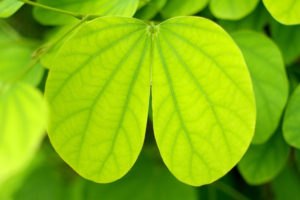 Here’s a neat experiment you can do to measure the rate of photosynthesis of a plant, and it’s super-simple and you probably have most of what you need to do it right now at home!
Here’s a neat experiment you can do to measure the rate of photosynthesis of a plant, and it’s super-simple and you probably have most of what you need to do it right now at home!
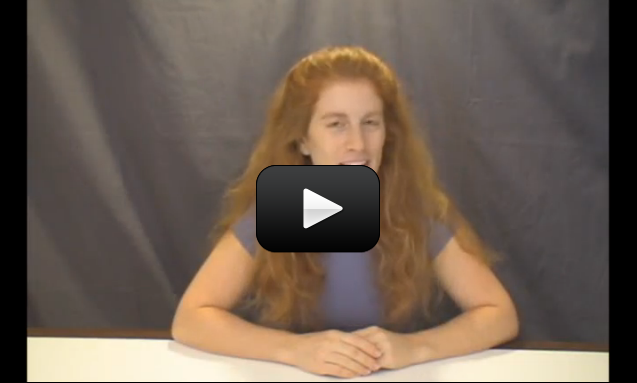
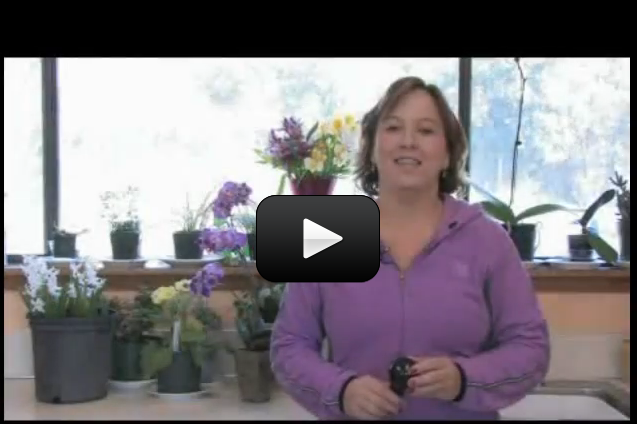

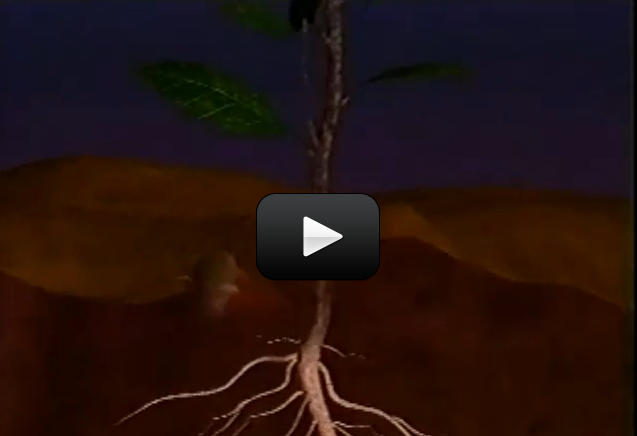
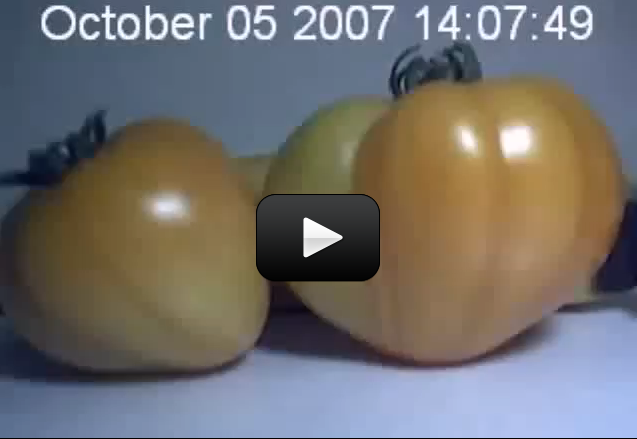
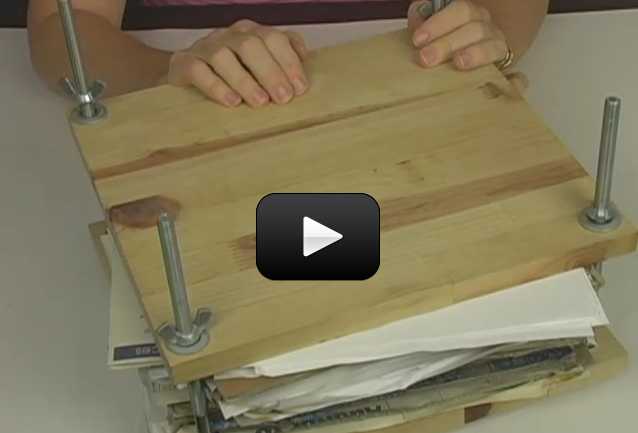
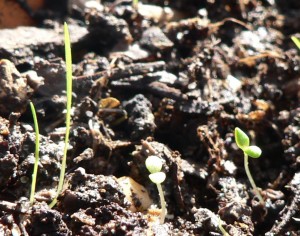
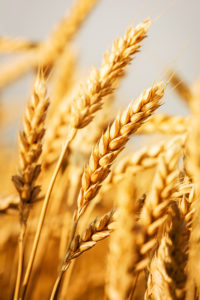 Flowering plants can be divided into monocotyledons and dicotyledons (monocots and dicots). The name is based on how many leaves sprout from the seed, but there are other ways to tell them apart. For monocots, these will be in multiples of three (wheat is an example of a monocot). If you count the number of petals on the flower, it would have either three, six, nine, or a multiple of three. For dicots, the parts will be in multiples of four or five, so a dicot flower might have four petals, five petals, eight, ten, etc.
Flowering plants can be divided into monocotyledons and dicotyledons (monocots and dicots). The name is based on how many leaves sprout from the seed, but there are other ways to tell them apart. For monocots, these will be in multiples of three (wheat is an example of a monocot). If you count the number of petals on the flower, it would have either three, six, nine, or a multiple of three. For dicots, the parts will be in multiples of four or five, so a dicot flower might have four petals, five petals, eight, ten, etc.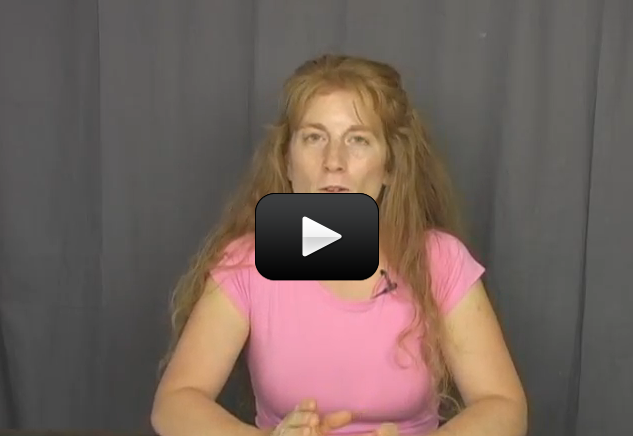
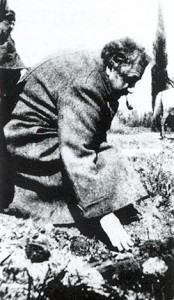
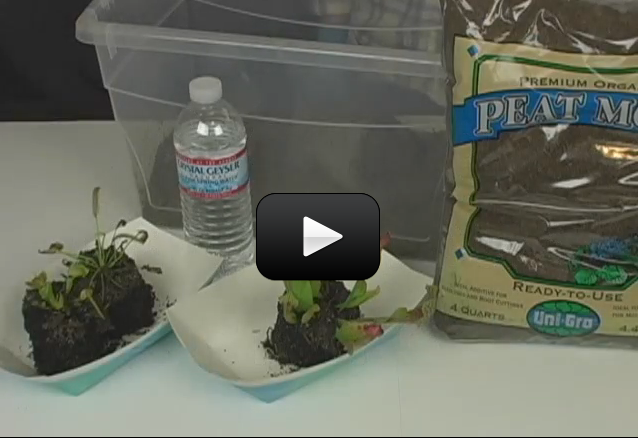
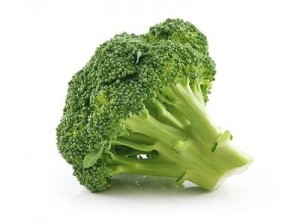
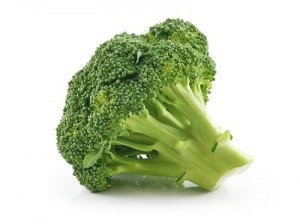 Broccoli, like all plants, has chlorophyll, making it green. You can really “see” the chlorophyll when you boil broccoli. This is such a simple experiment that you can do this as you prepare dinner tonight with your kids. Make sure you have an extra head of broccoli for this experiment, unless you really like to eat overcooked broccoli.
Broccoli, like all plants, has chlorophyll, making it green. You can really “see” the chlorophyll when you boil broccoli. This is such a simple experiment that you can do this as you prepare dinner tonight with your kids. Make sure you have an extra head of broccoli for this experiment, unless you really like to eat overcooked broccoli.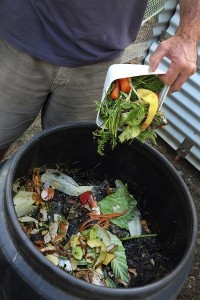
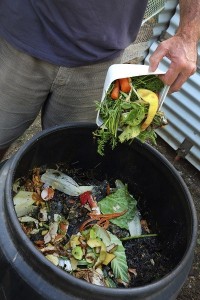 If you have a backyard garden, be sure to give it plenty of sunshine, water, and garbage.
If you have a backyard garden, be sure to give it plenty of sunshine, water, and garbage.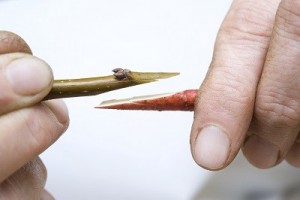
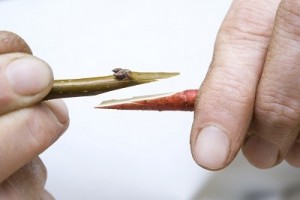 If you’ve ever eaten fruits or vegetables (and let’s hope you have), you have benefited from plants as food. Of course, the plants we eat have been highly modified by growers to produce larger and sweeter fruit, or heartier vegetables.
If you’ve ever eaten fruits or vegetables (and let’s hope you have), you have benefited from plants as food. Of course, the plants we eat have been highly modified by growers to produce larger and sweeter fruit, or heartier vegetables.






